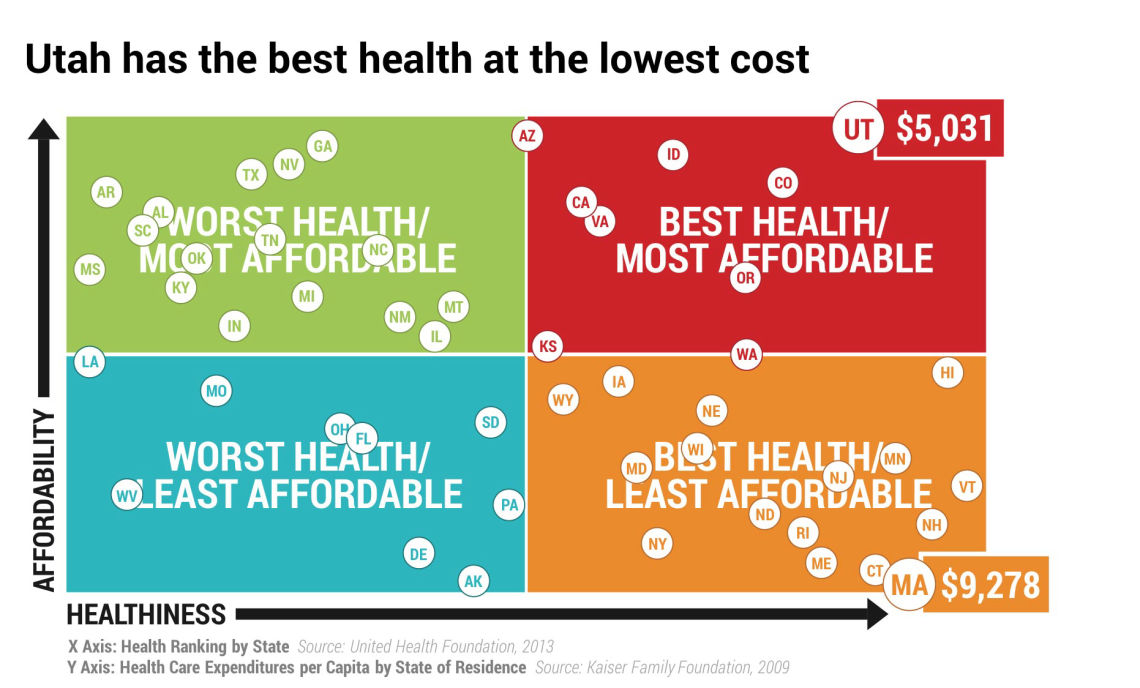tah “holds a unique distinction” when it comes to health care, according to a special report by the New England Journal of Medicine. No other state spends less per capita on medical care — and few boast healthier populations. The question is, why? Utah’s “clean-living people” and youthful demographics deserve some of the credit, writes journalist Elizabeth Gardner. But so does its high-quality, efficient health care system. Even after controlling for Utah’s population, the state’s hospitals have good health outcomes and low costs.
Learn more in the complete article: NEJM Catalyst
This post originally appeared on the Health Sciences blog.
Accelerate Editorial Team
Your gut tells you a process could be better than it is—how do you back that feeling up with hard data? Senior value engineer Luca Boi shows how undertaking a baseline analysis can jumpstart your improvement project.
Finding evidence to change the status quo isn’t easy; thinking about evidence in terms of how it persuades—whether subjective or objective—can make it easier. Plastic surgery resident Dino Maglić and his colleagues followed their guts and saved money by improving the laceration trays used to treat patients in the emergency department.
Improvement work isn’t easy, especially when it attempts to address rising health care costs. Solid organ transplant coordinator Sharon Ugolini and her team led award-winning work implementing new protocols for common tests. That led to more than just reduced patient charges, though — ordering appropriate tests increases value and quality, as well.
